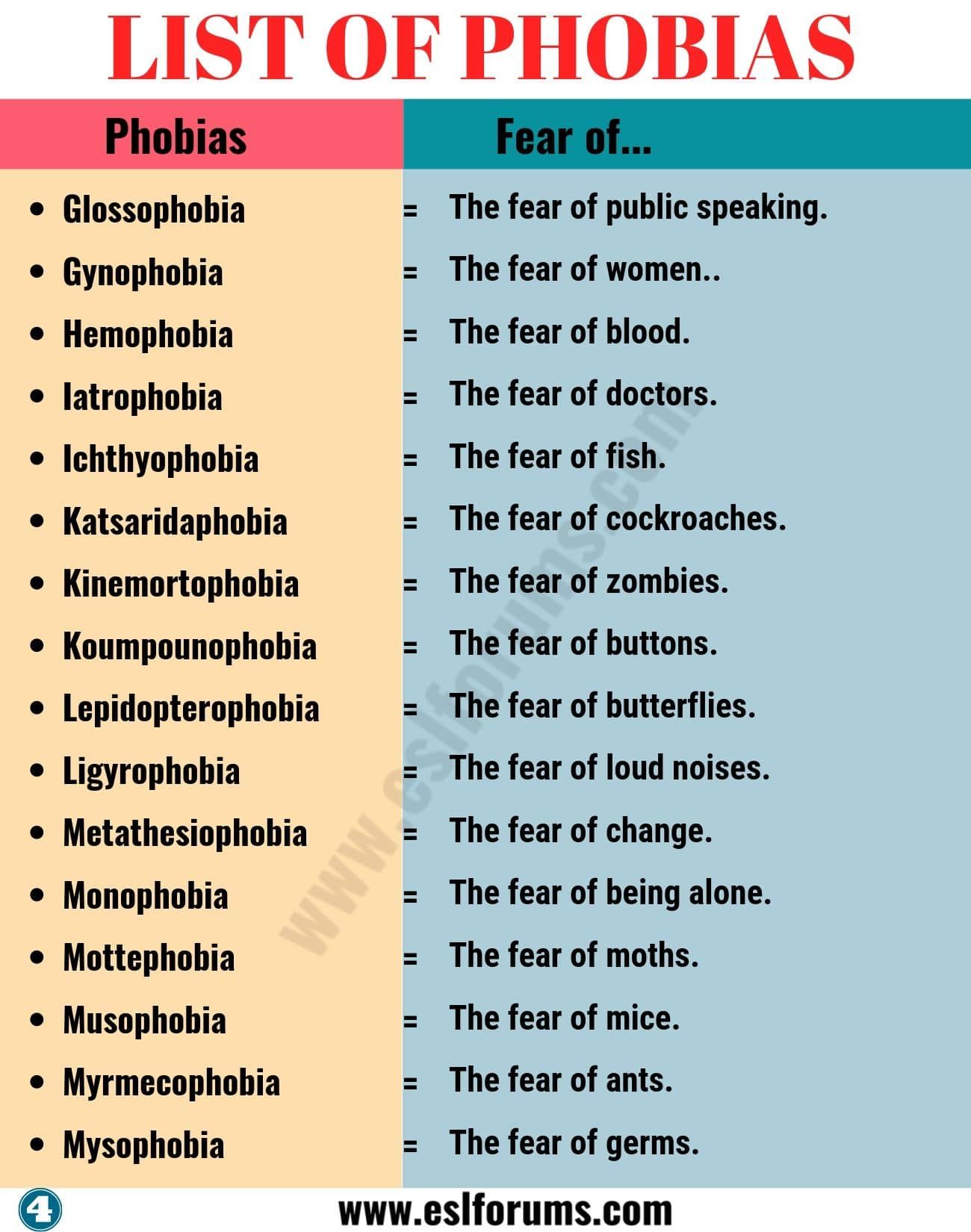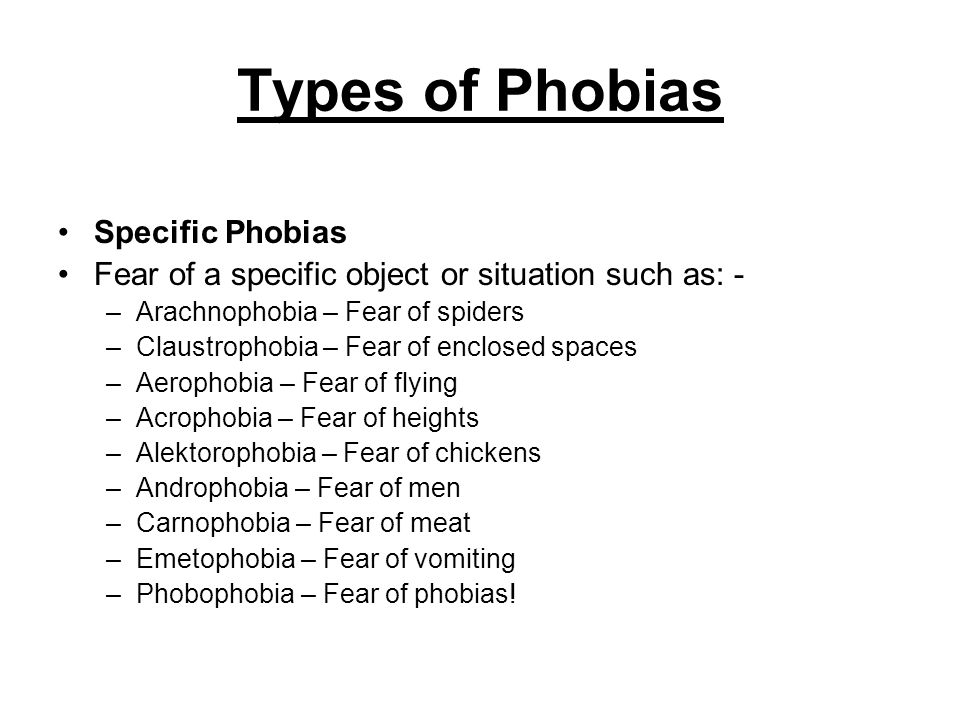Specific phobia is a type of anxiety disorder that involves an excessive and persistent fear of a particular object, situation, or activity. The fear is considered excessive because it is out of proportion to the actual danger posed by the object or situation, and it can significantly impact a person’s daily life.
Specific phobias can include a wide range of objects or situations, such as heights, spiders, flying, enclosed spaces, or blood. People with specific phobias will often go to great lengths to avoid the object of their fear, which can interfere with their daily life and relationships.
Symptoms of specific phobia can include:
- Intense fear or anxiety in the presence or anticipation of the feared object or situation
- Panic attacks or extreme physical symptoms such as sweating, trembling, or heart palpitations when exposed to the feared object or situation
- Avoidance or attempts to avoid the feared object or situation
- Difficulty functioning in daily life due to the fear or avoidance behavior
- Recognizing that the fear is excessive or unreasonable, but feeling powerless to control it

Specific phobias can be diagnosed and treated by mental health professionals. Treatment options may include cognitive-behavioral therapy (CBT), which involves gradually exposing the person to the feared object or situation in a safe and controlled way, and teaching them coping skills to manage anxiety. Medications such as anti-anxiety drugs may also be used in some cases. With proper treatment, many people with specific phobias are able to manage their symptoms and live a fulfilling life.




